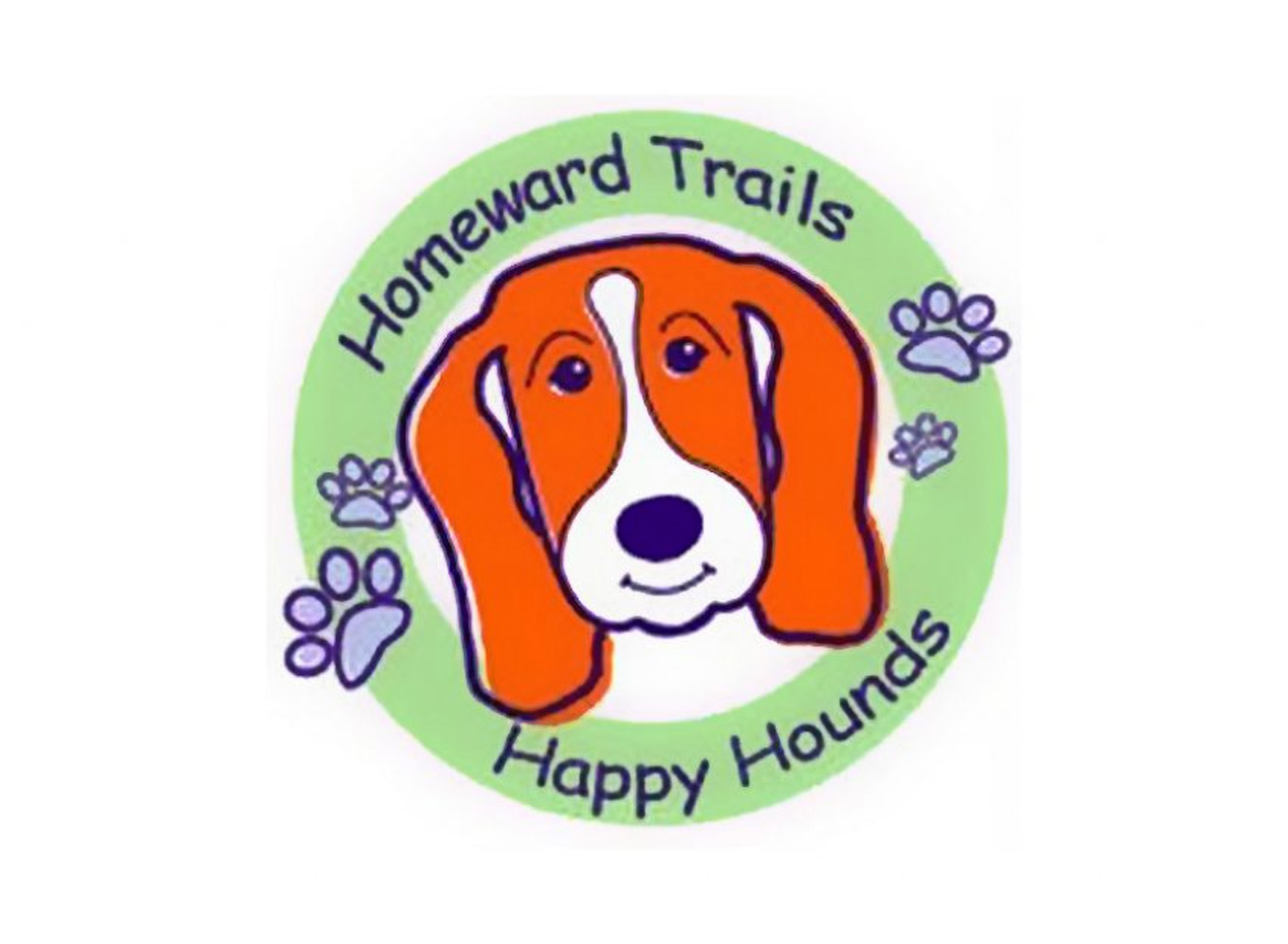Kids And Dogs HOMEWARD TRAILS RESOURCE LIBRARY: DOGS!

Always reward both dogs and kids for making good choices around each other.
Positive Dog Solutions info@positivedogsolutions.com 202-630-0249 www.positivedogsolutions.com

Kids and dogs can be wonderful companions. They have that same playful spirit. That said, it is very important we realize that the dog entering our family has not yet developed a relationship with our child. We need to make sure we allow for the relationship to build gradually and make sure dog and kids have lots of pleasant experiences with each other. It is what will create a solid bond over time. The process of building a positive relationship that will last a lifetime consists of three basic categories; supervisions, setting clear boundaries, and fun-time together.
Supervision
Dogs and children should not be left alone together. Children are still learning what appropriate behavior is with both other people and animals. For newly adopted older dogs, we don’t know the past experiences and tolerance level with children. When your child and dog have built a solid relationship and your child is old enough to be trusted to make appropriate decisions in your absence, then you can possibly consider leaving them unsupervised for shorter periods. For now, never leave the house with your child and dog unattended. Even when home, if you cannot actively engage with both child and dog together, plan to confine the dog (perhaps in a crate, xpen, or room separated by a baby gate).
Any child is usually very excited about the prospect of sharing their home with a new furry family member. Humans often show affection through kissing and hugging. For many kids this would be the natural way to respond to a dog. This type of behavior can feel very threatening and uncomfortable for your new dog. Encourage your child to engage with the dog using food and toys. Over time it may be that the dog is receptive to hugs, but it is not a given, it depends on the individual dog you adopted. It is important that you learn to read your dog’s body language, so you know what your dog is comfortable with or not. The website www.doggonesafe.com is a great resource to learn about body language and other ways to keep kids safe around dogs. Here are some other basic rules to keep in mind:
The dog is always left alone in his personal space and/or when sleeping
The dog is always left alone when eating and chewing on bones
The child never takes something away from the dog – only gives
When the dog walks away from an interaction, the child does not follow
Put money in that emotional bank account between dog and child, with emphasis on what the dog likes since it is the safety of your child that is paramount. Depending on the age of the child, he or she can be involved in feeding the dog or giving treats, Kongs, and bones. Go out in the back yard or on walks together. Teach games that are fun and safe for dog and child alike and will teach the dog how you want him to interact with your child. We don’t want the dog and child to get into chase games or wrestling matches. This can teach the dog inappropriate behaviors and set her up for getting into trouble one day; it also puts your child at greater risk to get scared or hurt by accident and sets the child up for learning inappropriate behaviors with dogs. Instead play retrieve games with a ball and trade it for a treat to get it back. Toss food on the ground and say “find it,” toss food toward the dog’s mouth and say “Catch!” Play recall game calling the dog back and forth giving a treat each time the dog comes to person that called. Build an obstacle course. Teach tricks. Enroll the dog in a positive dog training class where your child is welcome to participate and be involved in the process.



